
Transport and the Agenda 2030
The World has united around 17 sustainable development goals, for all people and all sectors of society. Scania’s contribution to the achievement of these goals is to translate them into sustainable business solutions.
Agenda 2030 is as a shared agenda requiring collaboration between government, business and the wider civil society. We believe that the 17 goals have the potential to deliver transformative change for both societies and business.
An effective transport system is fundamental to a competitive and resilient economy. The efficient flow of goods and people is a critical enabler of development outcomes, contributing to food security, education, poverty reduction, inclusive growth and more. At the same time, transport in its current form is associated with negative impacts, such as CO2 emissions, air pollution, traffic congestion and road accidents. Efficient and green transport solutions are not available to all. In the coming years, we have the opportunity to develop a sustainable transport system that meets the needs of societies, cities and communities to move people and goods. A transport system that connects people, builds markets and drives economic and social development accessible to all. Transport systems should be developed to maximise impact on quality of life for people through being safe, affordable and accessible, but also through minimising negative impact on people and their livelihoods. We must consider the impact of the transport solutions on the sustainable development goals from a life cycle perspective – from the extraction of the raw materials all the way to end of life.
Combatting climate change and its associated impacts is currently the main priority for the transport sector. Scania ‘s strategic direction is to Drive the Shift towards a sustainable transport system. In 2018, Scania initiated the Pathways study to see how a future fossil-free commercial transport system can look like and be achieved by 2050. We are a part of the problem, but together with others we are also part of the solution.
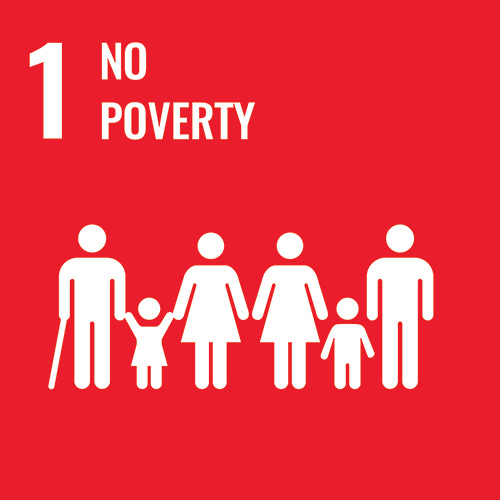
SDG 1 - No poverty
Reliable and effective transport systems are a prerequisite for inclusive development and poverty alleviation.

SDG 2 - Zero hunger
Efficient logistical chains in agriculture ensures access to market and affordable food.
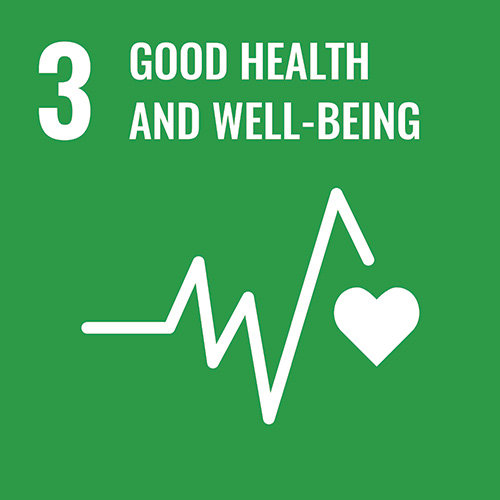
SDG 3 - Good health and well-being
The transport industry is a major contributor to air pollution in our cities, causing premature deaths and diseases. Over a million people are killed in road traffic accidents annually.

SDG 4 - Quality education
A well-functioning affordable, local transport system provide access to educational facilities and promotes equal learning opportunities.
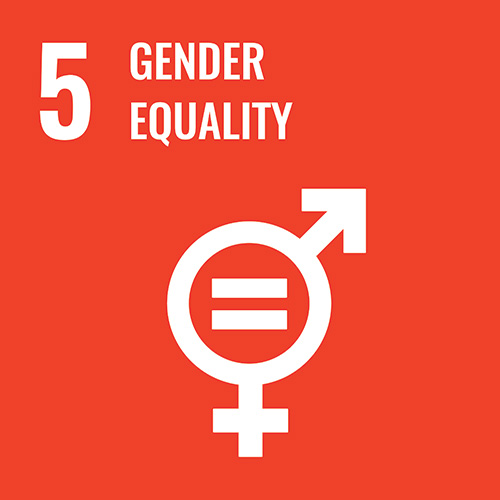
SDG 5 - Gender equality
Safe and affordable transport options is a key to increasing women’s participation, education, productivity and health. Transport can also increase employment among women.
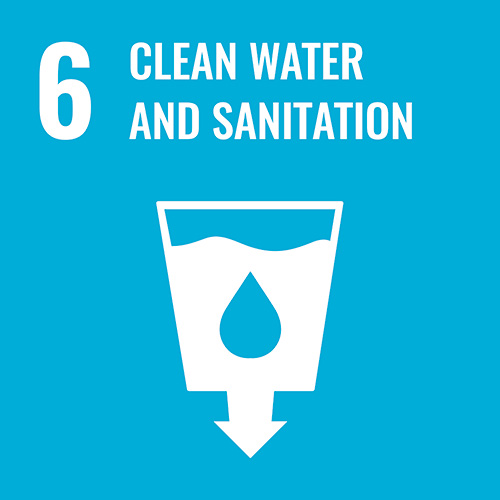
SDG 6 - Clean water and sanitation
An efficient and clean transport system ensures access to water and sanitation. On the other hand, emissions from transport and producing industries can impact on water quality.
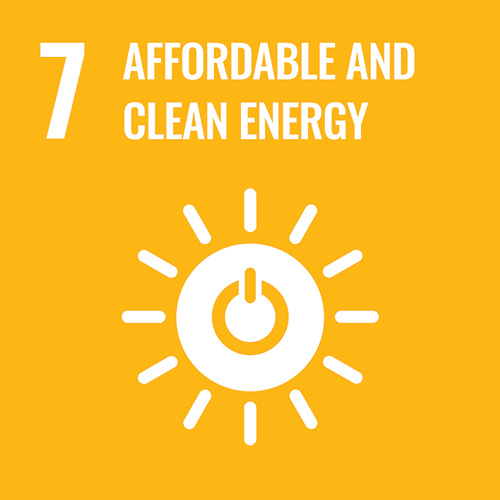
SDG 7 - Affordable and clean energy
Today the transport sector is largely powered by fossil fuels. A combination of engine and driveline development as well as transport system efficiency measures and renewable fuels can provide modern energy for all.

SDG 8 - Decent work and economic growth
The transport industry is an enabler for productivity, job creation and economic growth globally. However, the promotion of decent work along the value chains remains a challenge.

SDG 9 - Industry, innovation and infrastructure
Innovation in clean and sustainable technology today accounts for the lion’s share of the transport industry’s R&D investments. Transport, as a major industry, can speed up the uptake of innovations such as Intelligent Transport Systems (ITS) and clean tech.

SDG 10 - Reduced inequalities
Well-developed transport infrastructure can tie urban and rural areas together and create more equal access to opportunities such as jobs, education and services.

SDG 11 - Sustainable cities and communities
Well-planned and well-designed transport systems link regions and people together and ensure access to services and goods. Accessible and affordable public transport and logistics boost development and opportunities.

SDG 12 - Responsible consumption and production
Smart transport systems go hand in hand with sustainable consumption and production. Moving from logistic systems filled with waste to smart, connected and sustainable logistics.

SDG 13 - Climate action
Today the transport sector is responsible for almost a quarter of total energy related CO2 emissions. Climate change is one of the greatest threats to our planet and the transport industry in its current form is associated with negative impacts, such as CO2 emissions, air pollution, traffic congestion and road accidents. Establishing a more sustainable transport system will be critical in combatting climate change and its associated impacts.

SDG 14 - Life below water
Expansion of transport systems at sea can degrade marine and costal environments and the CO2 emissions from land transport are contributors to acidification of the oceans.
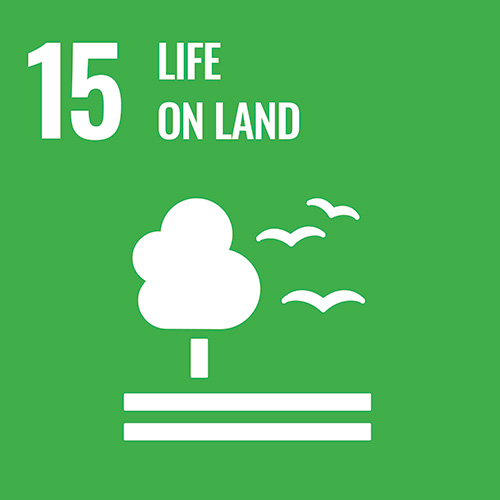
SDG 15 - Life on land
Current transport systems are degrading terrestrial ecosystems. Future practices need to integrate sustainable factors in early planning of infrastructural development to ensure a sustainable life on land.

SDG 16 - Peace, justice and strong institutions
Transport is a key enabler to rebuild post conflict societies.
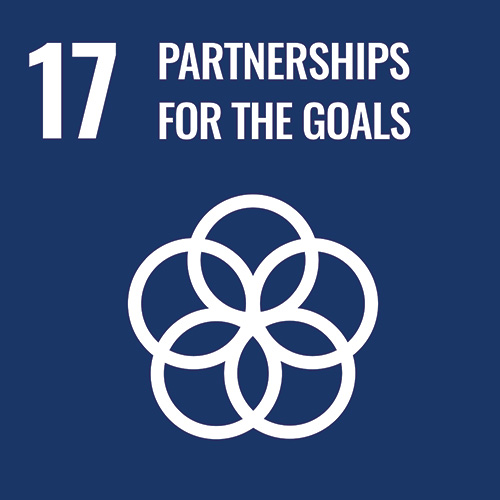
SDG 17 - Partnership for the goals
Multi-stakeholder partnerships to share knowledge, expertise, technology and resources are key to delivering on the SDGs globally.